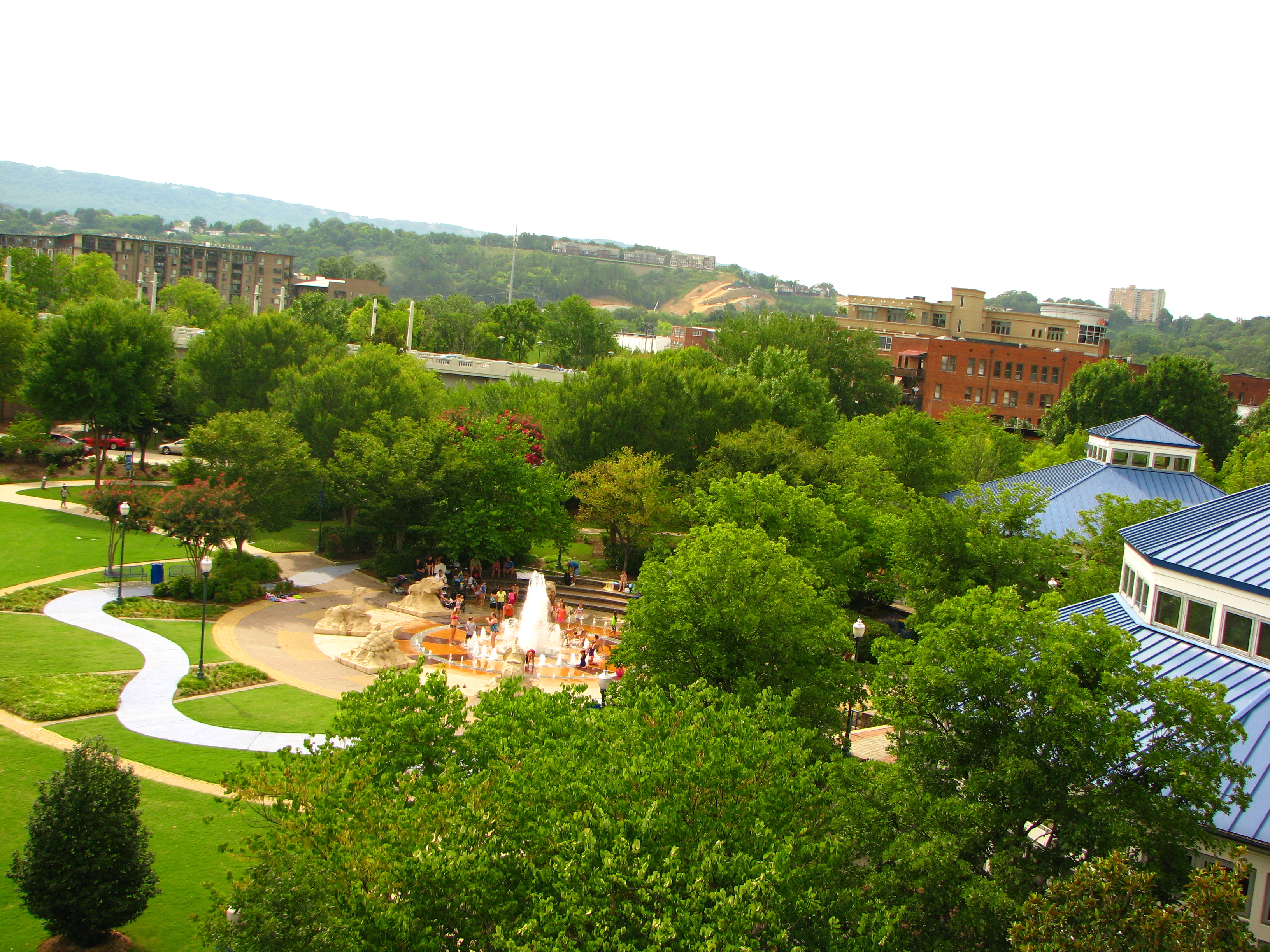
Site selection is the first, important step to make when planting trees in an urban environment. Quality sites have a higher probability of supporting long-lived and healthy trees, whereas poorly chosen sites produce poorer-quality trees. Urban environments are challenging for tree survival. They often contain soil contaminants, air pollution, high velocity wind, compacted and poorly aerated soil, higher temperatures, altered soil drainage, and small planting areas. Considering these challenges, choosing the best site for planting is critical for optimal growth …
